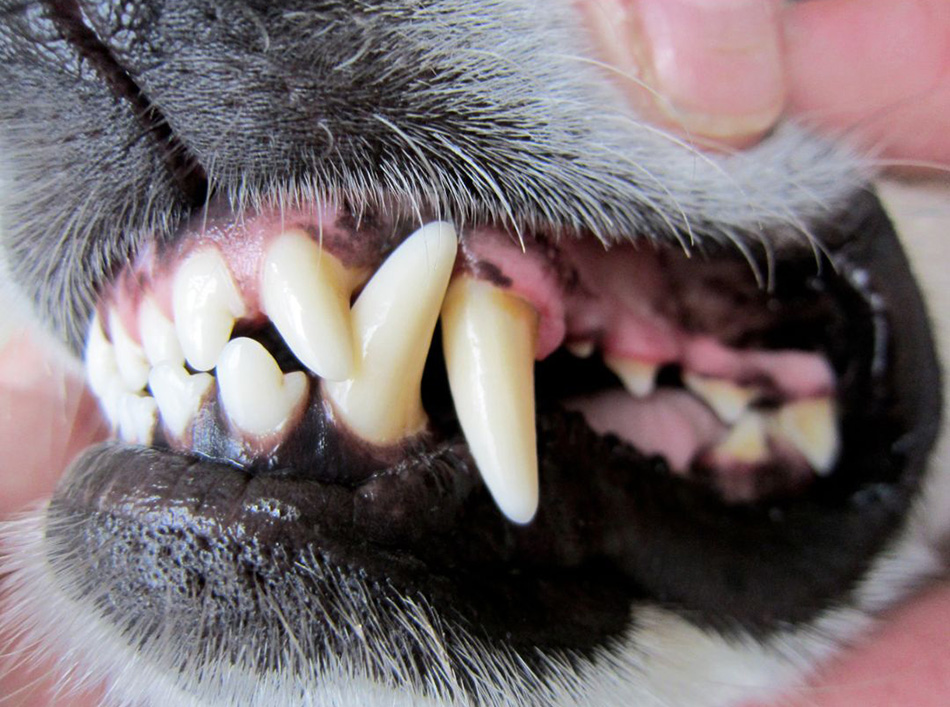New cat
How to set up your home to help your new cat settle in quickly
Cats, Adopters, Cat behaviour, Kitten

Cats and dogs have the same nerves and diseases as us with their teeth, so if you can remember the pain of a toothache then we hope you’ll keep that in mind when you have a check of your pet’s teeth after reading this.
Just like us, some animals are more genetically prone to tooth decay and gum disease than others – we’ve seen 15-year-old dogs with pearly whites and 2-year-olds losing their teeth.
If left untreated, dental disease can do more than take a tooth, it has been linked with heart issues, and will affect eyes and ears.
Even with the best brushing, it is highly likely that your pet will need a dental operation at some point in their life, so save up for it or check that it is covered with your insurance.
As dental disease spreads sideways from tooth to tooth, it is best to have the dental operation early to stop the spread, save any teeth that you can, and also, they are under anaesthetic for a shorter time.
The good news is, we often see animals have a new lease of life after a dental, it can be life changing.
Teeth get dirty when we eat and drink and leaves a film-like layer of plaque – that fuzzy teeth feeling. We brush our teeth to remove the food and plaque. If we don’t brush well, this plaque turns to hard tartar – this starts off clear but stains to a yellow-brown. That hard tartar is also under your gum line and opens up gaps between your gums and teeth (when your dentist counts mysterious numbers to the assistant as they go round your teeth – that’s the size of the gap you have). The gaps let in bacteria and disease, which means your teeth are sore, your gums are red and bleed and you have toothache. This is when we get cavities, infections or teeth falling out.
Only a dental hygienist can remove tartar for us (often with pain relief if it is bad), and a vet will remove it for animals under general anaesthetic. Both will also give your teeth a polish after this descaling, so the surface is smoother and so is more difficult for bacteria to cling to.
.jpg)
• Bright red around the gums – this is called gingivitis and is extremely common in cats
• Brown or black around the edges between teeth and gums (tartar)
• Bad breath.
See also: Teaching your pet to accept being checked over
HOWEVER! Animals will eat through pain, so don’t assume everything is okay if you don’t see these signs.
• Dropping food from their mouth whilst chewing
• A decreased interest in dried food or hard treats
• Drooling
• Pawing at their mouth or rubbing their face on the carpet/sofa.
• Brushing. It is best to start getting them used to this when they are a puppy or kitten, but always worth starting at any time. Use a toothbrush and toothpaste specifically for pets – human toothpaste is very toxic to cats and dogs. The different flavours for pets should help them stay interested in being brushed. Aim to brush at least 3 times a week.
See also: Teaching your pet to accept being checked over

• Carrots for dogs. Freeze sticks of carrot and thaw a little before giving, for a cold and crunchy treat which helps remove plaque.
• Hard toys. Make sure these are age-appropriate (you can get puppy and kitten toys for younger teeth). Chewing these helps remove the film of plaque and is very calming.
• Natural chews. Always supervise them with a chew in case of choking or getting it stuck in teeth gaps. Do not give rawhide pressed or formed chews as they are not easily digestible and can cause obstructions in the throat or gut.
• Dental food from the vets, which has chunks that are particularly abrasive.
o Descalers. These do a superficial job but don’t get to the problem under the gum line, and they also leave a rough surface for bacteria to cling to. Descaling can also be quite painful, so a full job under anaesthetic is much kinder.
o Dental chews and treats don’t do much as your pet isn’t chewing for long enough for it to make a difference.